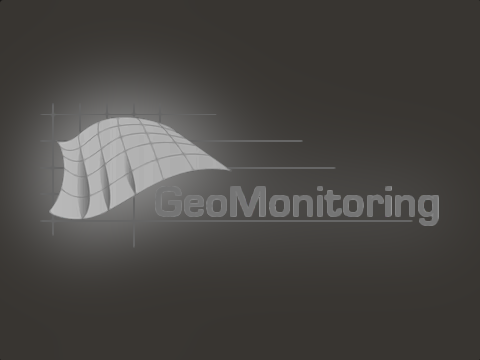
Permafrost-Detektion mittels Fernerkundung und Geophysik auf dem tibetischen Plateau
In this study we combine geophysical techniques in the form of microwave remote sensing and Electrical Resistance Tomography (ERT) interferometry to study the extent of permafrost in the catchment of Lake Nam Co on the Tibetan plateau. Interferometric Synthetic Aperture Radar (InSAR) is a powerful technique to monitor permafrost related surface displacement processes on a large scale. However, the insensitivity of InSAR data regarding northward or southward directed motion and its inability to detect permafrost when no displacement occurs, impose significant limitations to its application in permafrost study. We highlight those limitations on a rock glacier within Qugaqie basin, a sub-catchment within the Nyainqêntanglha range, and show how ERT can be used to compensate for them. With this combined approach we will create an inventory of rock glaciers and constrain the extent of permafrost areas within the Nyainqêntanglha range.
